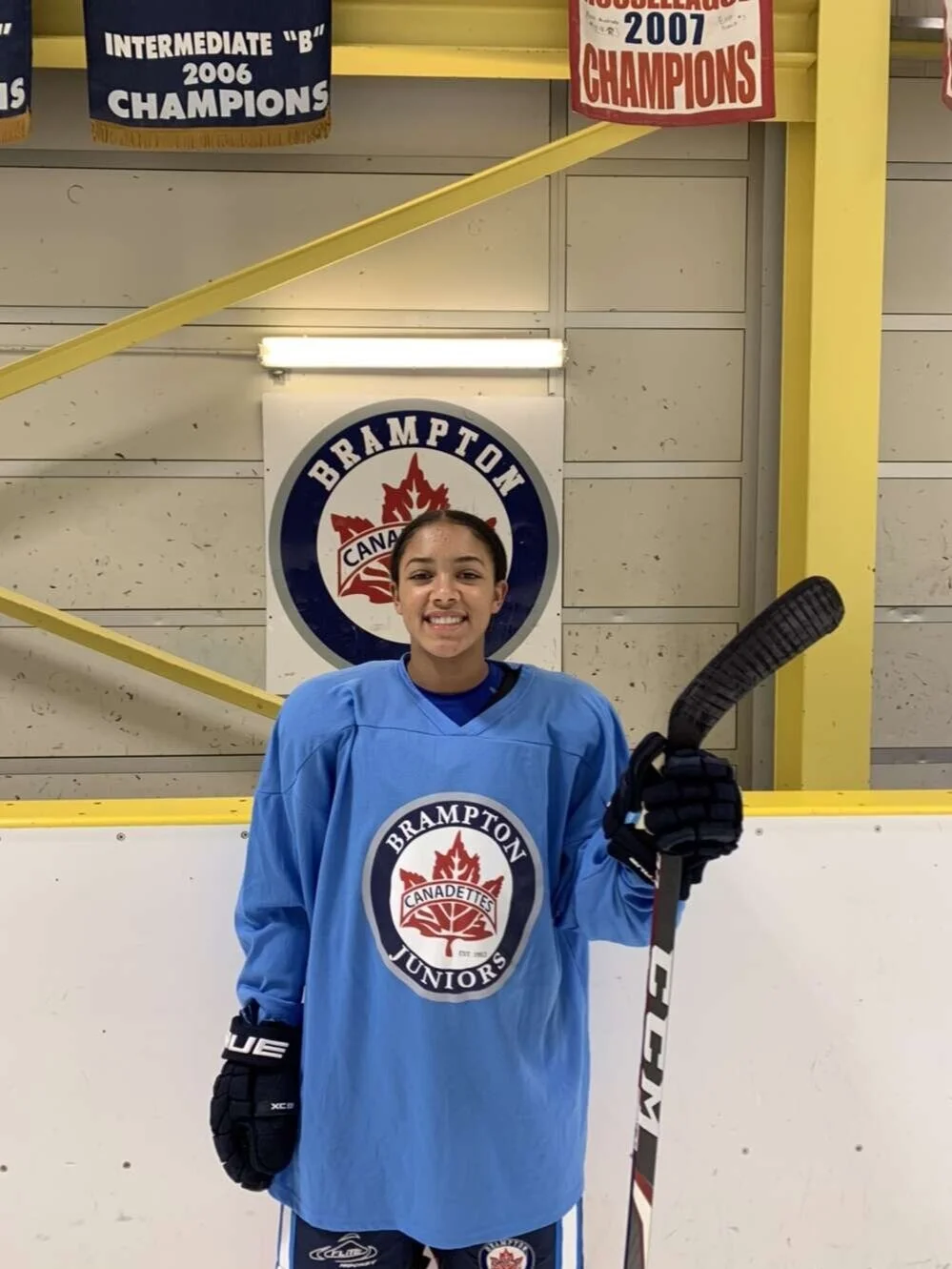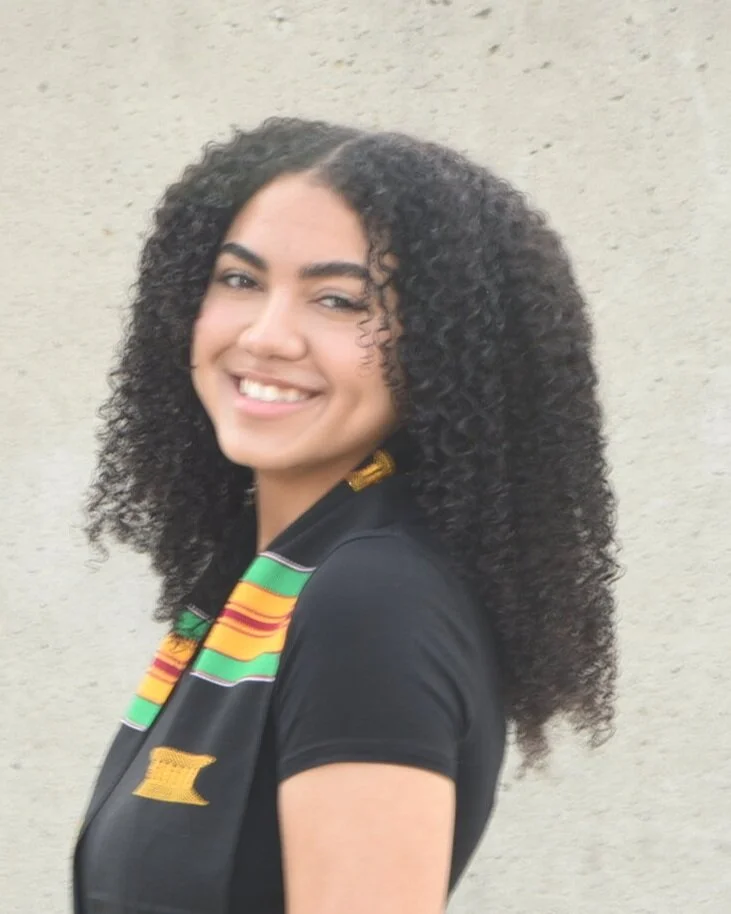Black and Indigenous students have access to pathway to Queen's medical school
August 4, 2021
Just over 100 years ago, Queen’s University Senate voted to ban 15 Black medical students, the majority from the Caribbean, claiming that wounded World War One soldiers weren’t open to be treated by Blacks.
In 2019, the university acknowledged its wrong-doing, apologized and issued a degree posthumously to Trinidadian Ethelbert Bartholomew who was in his fourth year in 1918.
It also committed funding and resources to support the recruitment and training of Black medical students to address persistent under-representation within the profession.
As part of its efforts to reduce systemic barriers to medical education, the university is allocating 10 of its 100 seats in each class of its Doctor of Medicine (MD) program to five Black and five Indigenous high school graduates.
The Queen’s University Accelerated Route to Medical School (QuARMS) program provides students with a hastened two-year pathway to the first year of medical school at the university.
“For the first two years, these students are regular undergraduates in the program they chose which is usually arts & science,” said Julie Brown, the university’s media relations officer. “There is a weekly program that brings them together that will help them prepare for medical school and receive the support they need. These students will have to go through the admission process to get into medical school, but some of the systemic barriers are removed.”
The university recommends students achieve a minimum average of 82 per cent for conversation. However, a competitive QuARMS average should surpass 90 and include other considerations, including extracurricular success, volunteering and other positive attributes that will showcase an applicant’s personality.
Previously, the QuARMS program was open to all graduating high school students.
“When QuARMS was launched, it was designed both to attract exceptional students to Queen’s and as a pathway for students who face financial, systemic or social barriers to entering medicine through the traditional medical school application process,” said Hugh MacDonald, the Assistant Dean of Undergraduate Admissions in the School of Medicine. “This change to the pathway is very much in keeping with its original vision of bringing students from under-represented groups to Queen’s. In order to further reduce barriers, we are also actively exploring options to provide financial support to QuARMS students.”
Queen’s University received nearly 2,600 medical school applications for the 2020-21 undergraduate application cycle.
“There was a box that students interested in the QuARMS program could check off,” Brown said. “There is a chance that in that total, there are individuals who weren’t eligible for the program.”
A total of 173 candidates were invited to fill out a supplementary application before the final selections were made.
Jorden Robinson and Olivia Hendrikx are excited to be among the first cohort.
Jorden Robinson (Photo contributed)
They learnt of QuARMS through the University of Toronto Summer Mentorship Program that offers Black and Indigenous high school students an opportunity to explore health sciences.
They were virtual participants in the four-week program in July 2020.
“Queen’s made a presentation and spoke about the opportunities the program provides,” said Robinson. “I have always wanted to be a doctor, so I was looking for programs that will help me reach that goal.”
She also applied to U of T, McMaster, Western and Waterloo.
“These schools have excellent Health Science programs,” said the Milliken Mills High School graduate who played the flute in elementary school. “I was accepted by all of them, but I found certain aspects of the QuARMS program very appealing in helping to prepare me for medical school. There isn’t a program like this at the other schools and to be part of the small group selected is very special.”
In her last year in high school, Robinson was a member of the Markham Mayor’s Youth Council for Grades Seven to 12 students.
Carleen Robinson, who left Jamaica at a very young age, said she was blown away after learning her daughter was selected for the program.
“I was sitting at the dinner table when she came and said, ‘Mommy, I got in’, and my response was ‘fine’,” she said. “A few hours later, she returned downstairs, stands in front of me and I am like ‘Jorden, what is it’? She said, ‘Mommy, I got into the QuARMS program’. I almost passed out. This is a big, big deal.”
Robinson averaged almost 95 per cent in high school.
Mom isn’t surprised by the academic success.
“Jorden is studious, focussed, driven and smart,” she added. “She started reading at an early age and is very positive.”
Like Robinson, Hendrikx applied to other universities and was accepted.
What made the QuARMS program alluring?
“In addition to being the only program of its kind in Canada, there is a community of support component that I can lean on to help me grow and develop the skills I need to be the best medical practitioner I can be,” she pointed out.
Hendrikx was in shock for almost two days after being accepted.
“After applying in December, I got an email saying I had made it to the next round and I was required to write an essay,” she noted. “I did that and got another email in March, saying I had to do an interview. Even though I made it to that stage, I really didn’t think I would get in. When I did get that email saying I was accepted, I just couldn’t believe it. There were so many hurdles to clear and there were so many candidates for the few positions.”
Olivia Hendrikx (Photo contributed)
Since around age 11, Hendrikx has been considering orthopedic surgery and sports medicine as career options.
“The only questions I had was, ‘How am I going to get there and which university will I attend'? said The Woodlands Secondary School graduate.
Outside the classroom, Hendrikx competed in track and field and has been a hockey player for the past 13 years.
“Sports has always been a big part of my life,” she added. “My parents supported me in whatever extra-curricular activity I chose to take part in.”








